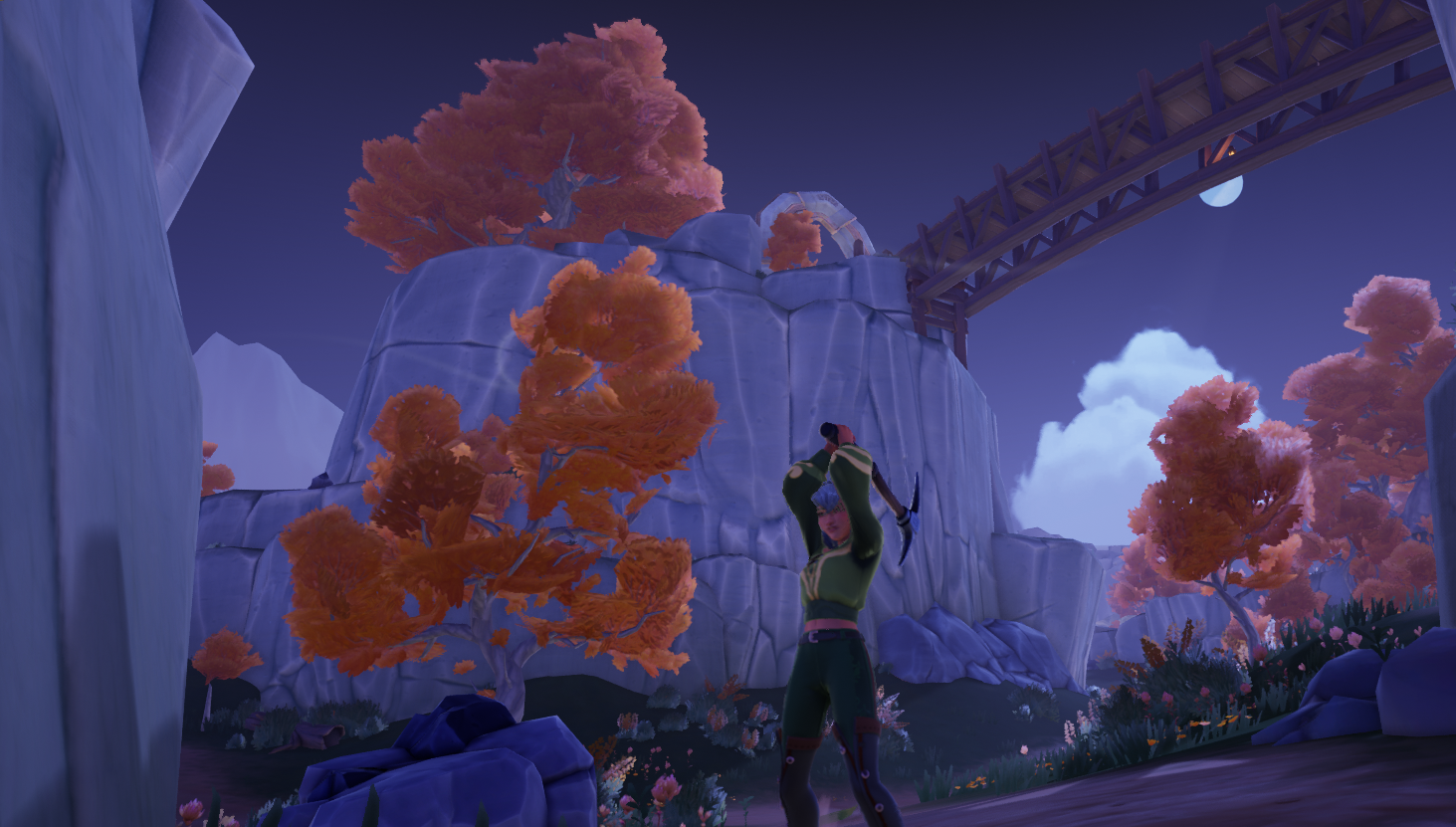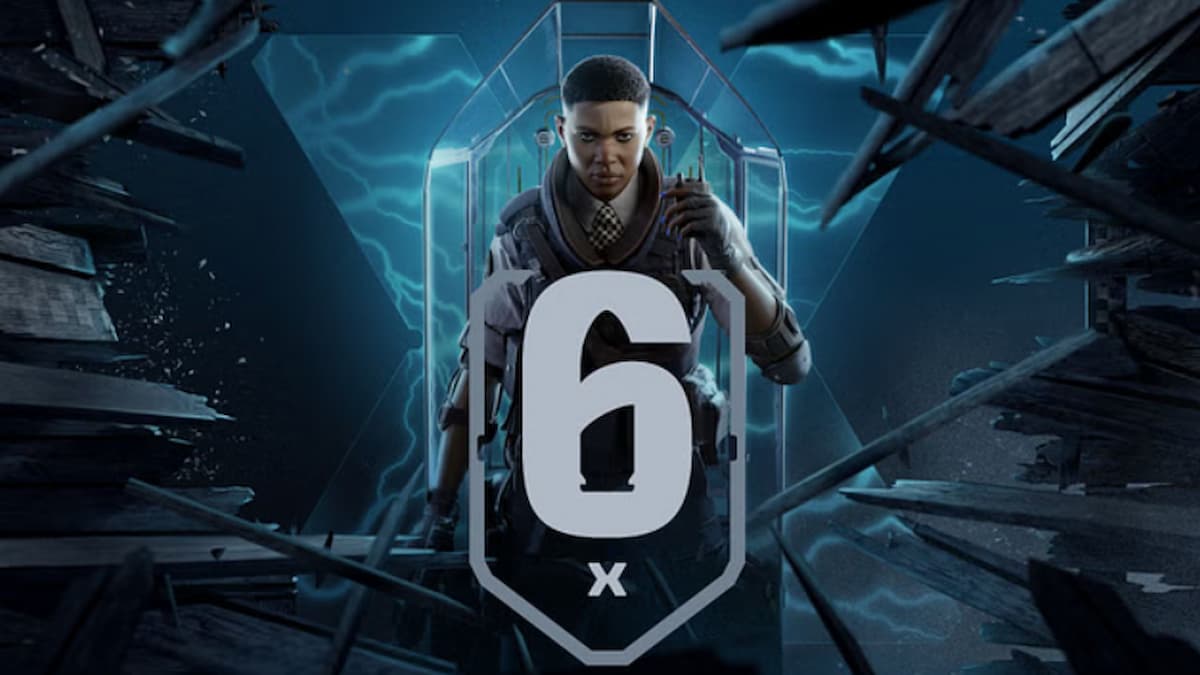
The Woman in the Yard Review

At the beginning of The Woman in the Yard, Ramona (Danielle Deadwyler) is grieving. Dealing with the aftermath of an unspeakable tragedy, she’s frozen in bed, unwilling to get out from under the covers. Horror stories can often function this way, stifled by meditations on grief that can get stuck in a repetitive rut of sadness. But rather than becoming weighed down by that sorrow, The Woman in the Yard uses it as a guide. A compact 88-minute runtime, the single setting of an isolated farm in rural northern Georgia, and the choice to tell the story over the course of a single day and night all make up the foundation for an effective horror movie that thrives on constricting both its characters and its audience.
The car accident that led to the death of her husband has also left Ramona with a severe leg injury and a slipping grasp on the needs of her teenage son Taylor (Peyton Jackson) and young daughter Annie (Estella Kahiha). So when an imposing figure draped in a black mourning veil suddenly appears within view of Ramona‘s front door and won’t leave, it’s not so much a question of if the stranger’s appearance is related to the recent tragedy, but how. The Woman’s arrival is the latest in a growing list of problems that create a growing feeling of helplessness for Ramona: the wilting condolence flowers in the front room, the house’s conspicuous lack of power, and the dead batteries in both the cell phone and the remaining working car.
To its credit, The Woman in the Yard never strays too far from the gravitational pull of The Woman herself. This new looming visitor, whose sparse and cryptic threats are delivered from a chair plopped right in the grass near the home’s winding driveway, is all it takes to sow uncertainty indoors. Ramona and Taylor butt heads over whether to handle this disturbance with a confrontation or hope that it simply goes away. Meanwhile, the ripple effects of the vacant seat at the dinner table even have Annie wondering how things would be better if only her dad could come back somehow.
There are some intriguing bits of visual trickery in the opening scenes, which is not exactly a surprise when it begins with a character saying “I had the most amazing dream.” But, somewhat atypically for a film set on a countryside farm, this is not a movie filled with lingering views of rolling landscapes or indulgent, sweeping looks at the past. The Woman herself is obscured not just by the veil over her head but the flares of sunlight that keep both Ramona and us from getting a good look at her. During this early stretch, this is a tighter, more unforgiving horror story that gets more unsettling the more that’s withheld inside and around the edges of the frame.
That focused approach delivers a back-to-basics success story for director Jaume Collet-Serra. Staying within a simple story of one woman’s struggle to protect what’s left of her family allows him to reconnect with the strongest ideas and spirit of his early-career horror films (there are more than a few similarities here to 2009’s Orphan) rather than his more recent and less acclaimed work, such as last year’s Netflix airport thriller Carry-On or 2022’s Black Adam. After working in genres that often ask storytellers to stick to expectations, here he takes what could easily be a familiar tale of loss and uses those expectations to his own advantage.
Sam Stefanak’s script is an effective pairing to this simpler direction, revealing the details behind Ramona‘s recent tragedy without much unnecessary detail. Every element of her growing tension with her children — everyday household disputes over who gets to drive the car or the quality of homework — are all introduced in a way that there’s little doubt what will become relevant in the final reckoning. Even if all those lines of dialogue prove to be more functional than they are about insight into these characters, the pace at which they arrive allows for some tender moments between mother and children that make it clear what this grieving family still stands to lose.
Much as this premise seems tailor-made for its director’s instincts, it also has the ideal star to anchor the deeper emotional streaks. Few actresses working today are better at holding the screen with the silence and stillness that are some of Deadwyler’s greatest strengths as a performer. Many times only through her eyes, she shows Ramona perceiving the world through regret, anger, and an overwhelming need for normalcy. As Ramona’s resolve begins to crumble, Deadwyler does the vital work of making sure that whether she’s snapping at her kids, comforting them after an intense scare, or demanding that an intruder leave her property, this is all recognizably the same person.
The Woman herself mostly hovers over the first half, but it’s not as if the story is waiting around until the mystery of her identity is solved. The Woman in the Yard works far better when it’s concerned with the family’s reaction to what’s happening outside rather than trying to get any specific answers. It’s impressive how quickly and clearly it charts the way the Woman’s presence turns the family house into a cage. And without a working phone, the remote farm becomes a purely isolated zone, like something from the pre-industrial past. Collet-Serra makes effective use of subtle techniques, like a strategically placed mirror or a glimpse through a window. Sound is also a weapon here, with every movement of a knife, shutting of a drawer, or poke at a healing wound all delivered with an added layer of menace.
As efficiently as Collet-Serra handles the setup, letting things exist in an unexplained gray area isn’t exactly a strength (or even an interest) in his work. His sensibilities as a storyteller are too methodical and too meticulous for him to let ambiguity reign here. As it becomes clearer that the story is shifting from living in the unease of Ramona and her family toward a more physical confrontation, The Woman in the Yard does lose a little bit of the power of imagination. Despite some playful visual trickery as she breaks through the family’s defenses, The Woman works better as a threat across a front yard than one that’s within arm’s reach.
That’s partly due to the fact that so many potential ideas for what The Woman might represent are floated that a reveal can’t possibly live up to them all. Is she the manifestation of grief, as is so often the case with movies of this kind? (Parts of The Woman in the Yard play out like a decade-delayed answer to The Babadook.) Does she represent a kind of historical threat, more connected to the land this fixer-upper dream house sits on? Is she a stand-in for the financial and logistical problems that come from navigating the healthcare system after a tragic accident like Ramona’s? The Woman in the Yard does work better when there is still hope that the answer won’t come at the end of an explanatory monologue. The closer we get to a clear idea of who she truly is, the guardrails that give her power begin to fade away.
At its best, though, The Woman in the Yard feels like the strongest installment of a modern anthology series, benefiting from the lived-in feel of a single place and a family struggling with the sorrow radiating from their surroundings. There is a clarity and urgency that leads to its tensest sequences, especially one in the family garage that helps set the last third in motion. While it’s less successful when it goes beyond this family and tries to tap into a more universal struggle, there’s something admirable in what The Woman in the Yard is able to do within its own constraints. There will always be power in a story about people trying to make sense of the inexplicable happening right in front of them.






